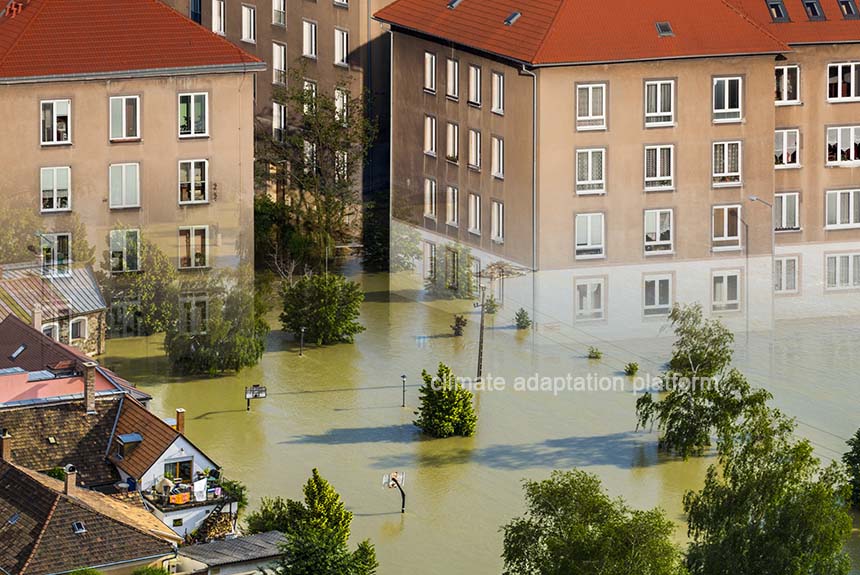California is facing a never-ending battle with water. The State alternates between severe droughts and periodic deluge brought by its atmospheric rivers.
In early February 2024, a series of storms brought atmospheric rivers that caused devastating floods, leading several counties to declare a state of emergency to several counties in parts of California. Heavy rains have overtopped river banks and flooded homes, properties, roads, and state highways. AccuWeather projects the cost of damage and economic costs to be as much as US$11 billion.
Last year, in early January 2023, a series of tropical storms that started towards the end of December 2022 and lasted throughout the first weeks of January killed at least 20 people. Insurance Business estimates the flood damages to cost between US$5 to 7 billion, including damage to infrastructure, which was so extensive, damaging state highways and local roads, uprooted trees, and heavy winds.
According to NOAA, “Atmospheric rivers are relatively long, narrow regions in the atmosphere – like rivers in the sky – that transport most of the water vapour outside the tropics. While atmospheric rivers can vary greatly in size and strength, the average atmospheric river carries an amount of water vapour roughly equivalent to the average flow of water at the mouth of the Mississippi River.”
California has been known for having two seasons, wet and dry. The State’s year-round moderate temperatures draw people from other states to live there. However, California’s climate can radically shift between extreme droughts and record floods, a phenomenon called a “weather whiplash”. The State has also seen more extreme and extensive wildfires, and experts attributed this to extreme droughts in 2021 and 2022.
A 2022 study, “Climate change is increasing the risk of a California megaflood,” shows that climate change makes droughts and floods more intense and dangerous. Authors of the study Xingyin Huang, a scientist at the National Center for Atmospheric Research, Boulder, Colorado, and Daniel Swain, a Climate Scientist from the University of California, Los Angeles, find that climate change has already doubled the likelihood of an event capable of producing catastrophic flooding or the likes of the Great Flood in 1861, California’s largest flood in recorded history.
Talking to PBS, Swain, co-author of the study, says that California had a population of less than 500,000 back then. Now, it is home to nearly 40 million people, a very different landscape than what it is today, and a megaflood unfolding today will devastate significantly more people and infrastructure.
Swain explains (Sy, 2022):
“Further warming is going to increase that risk even more, potentially resulting in a tripling or even quadrupling of that risk relative to what it would have been about a century ago. So that’s a pretty large increase in the odds. And it means that, over the next 30 or 40 years, an extreme storm sequence like the one in our study is more likely than not to occur in California.”
“And so this is not something that is in the far tail of unlikely probability. This is something that is very plausible and very well could happen sooner rather than later. So, we really do need to be thinking about this over the next few decades.”
Swain adds that intense flash floods will also happen in arid areas such as the Dessert Southwest, where they are currently experiencing multidecadal megadroughts. Mega flooding risk also includes not just along the Pacific Coast but towards the interior or in drier areas, indicating the widespread risks brought by a warming planet that could potentially cost trillions of dollars of economic losses.
The study warns that climate change increases the risk of a California megaflood. The extreme scenario will produce runoffs 200-400% greater than anything seen before in the Sierra Nevada, the sprawling 400-mile (650km) mountain range that covers 24 of the 58 counties in California.
Each degree of global warming increases the chance of an 1861 megaflood happening by 10% because the warmer the atmosphere gets, the more water vapour it holds.
A link to the full study is in the “Source” section below.
Source:
Xingying Huang, X., & Swain, D. (2022, August 22). Climate change is increasing the risk of a California megaflood. Science Advances. Retrieved from https://www.science.org/doi/full/10.1126/sciadv.abq0995
Ferrel, J. (2024, February 6). Nearly 500 mudslides in California as deadly storm damage may reach $11 billion. AccuWeather. Retrieved from https://www.accuweather.com/en/severe-weather/over-300-mudslides-in-california-as-deadly-storm-damage-may-reach-11-billion/1619169#google_vignette
Smith, R. (2023, January 26). California flood losses revealed. Insurance Business. Retrieved from https://www.insurancebusinessmag.com/us/news/catastrophe/california-flood-losses-revealed-434097.aspx
Clynes, T. (2023, January 23). What does California’s flooding (and drought) have to do with climate change? Vital Signs. Retrieved from https://vitalsigns.edf.org/story/what-does-californias-flooding-and-drought-have-do-climate-change
Sy, S. (2022, September 6). Climate change increasing chance of ‘mega storm’ in California, scientists say. PBS. Retrieved from https://www.pbs.org/newshour/show/climate-change-increasing-chance-of-mega-storm-in-california-scientists-say
Sheriff, L. (2024, February 8). Climate change is making it a matter of time before a megaflood hits the State. BBC. Retrieved from https://www.bbc.com/future/article/20240207-climate-change-will-bring-a-megaflood-to-california
National Oceanic and Atmospheric Administration. (2023, March 31). What are atmospheric rivers? Retrieved from https://www.noaa.gov/stories/what-are-atmospheric-rivers



Leave a Reply